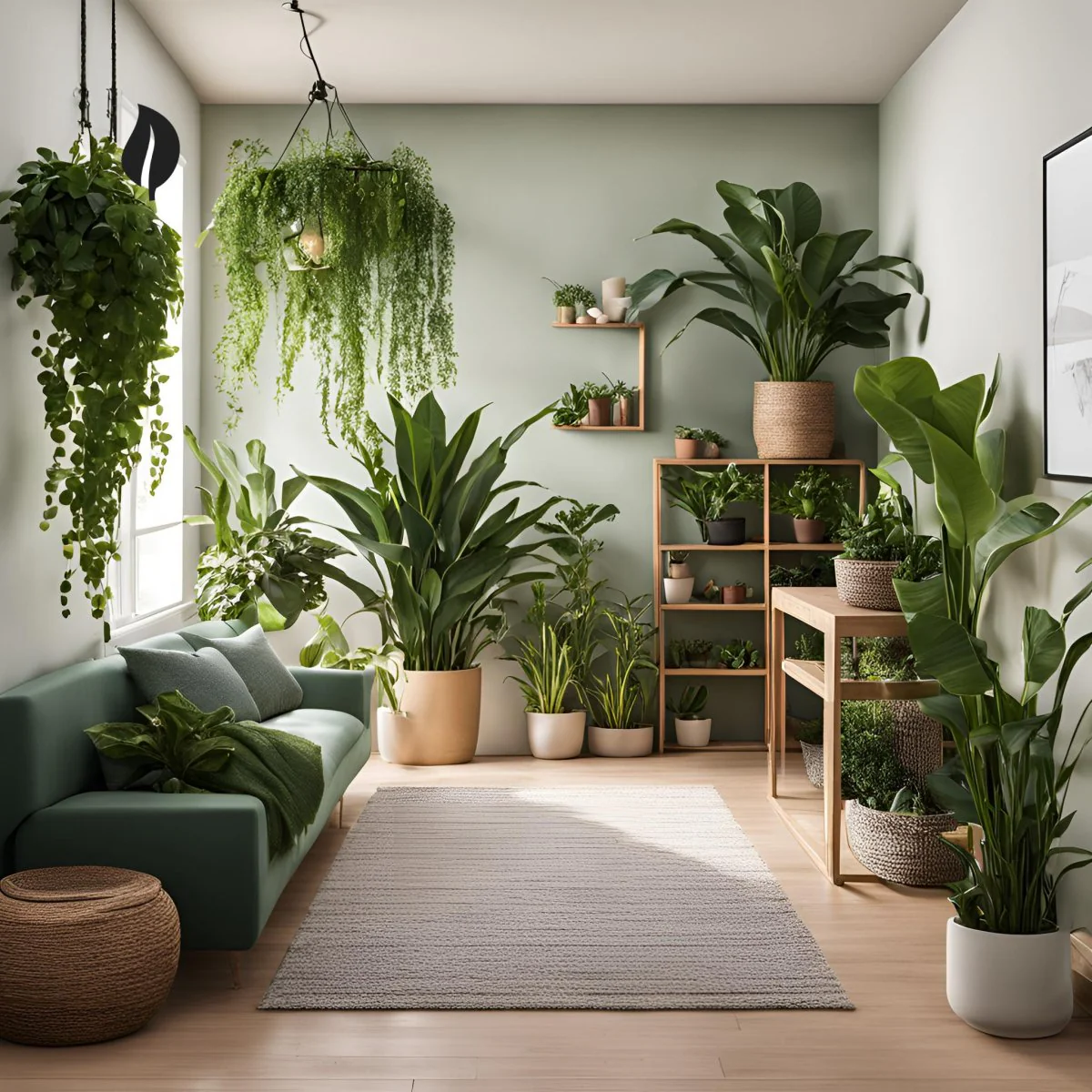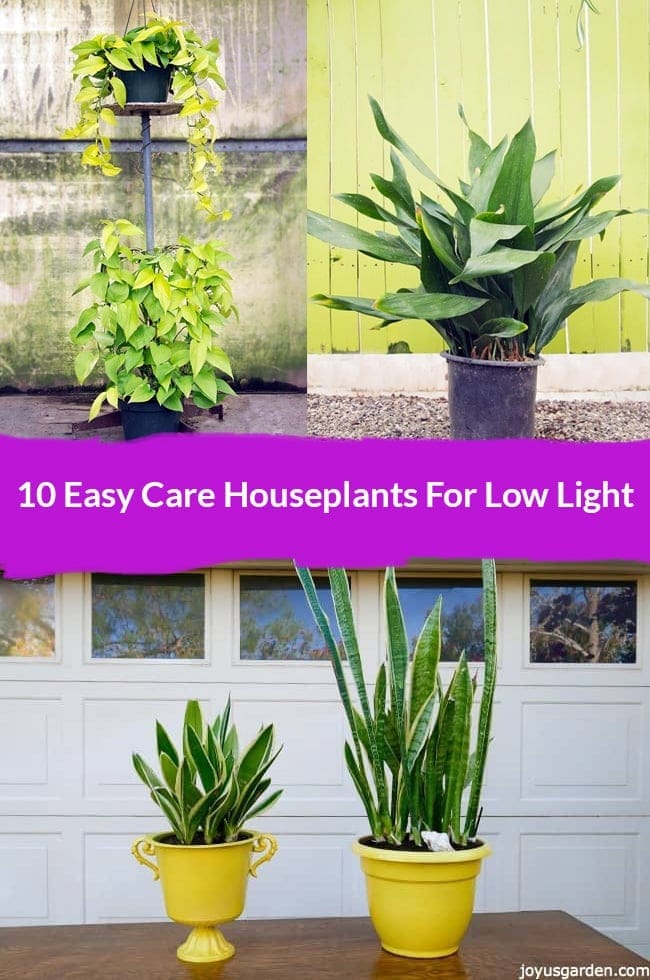Discover the most effective Low-Light Indoor Plants for Enhancing Your Home Décor
Including low-light interior plants right into your home design can significantly enhance both aesthetic appeals and atmosphere, particularly in areas that do not have bountiful natural light. Selections such as the Serpent Plant and ZZ Plant not just bring life to dim edges but additionally add to improved air high quality and total well-being.

Why Select Low-Light Plants
Why decide for low-light plants in your indoor areas? The modern-day living atmosphere typically offers obstacles such as limited all-natural light, making it hard for traditional houseplants to thrive. Low-light plants are specifically adapted to endure and flourish in these conditions, supplying a viable solution for individuals looking for to improve their interior areas without the included tension of preserving more light-demanding vegetation.
Along with their resilience, low-light plants add considerably to the appearances of an area. Their diverse series of dimensions, shades, and forms permits one-of-a-kind interior decoration chances, creating welcoming and vivid environments. Interior plants are recognized for their air-purifying top qualities, enhancing interior air quality by releasing and filtering toxic substances oxygen, which can enhance general health.
Low-light plants also need minimal maintenance, making them especially attracting hectic people or those brand-new to gardening. Their adaptability permits placement in different environments, from office to dimly lit corners of the home. By selecting low-light plants, you can delight in the advantages of greenery without the restrictions that usually accompany typical horticulture, eventually fostering a much healthier and much more visually attractive indoor atmosphere.
Leading Low-Light Indoor Plants
For those seeking to boost their interior areas with greenery that grows in low-light problems, numerous plant choices stand apart for their strength and visual appeal. The Serpent Plant (Sansevieria trifasciata) is a popular choice, known for its upright, sword-like leaves and ability to endure disregard. This sturdy plant can endure in poorly lit locations while boosting interior air quality.
An additional superb alternative is the Pothos (Epipremnum aureum), identified by its heart-shaped leaves and trailing creeping plants. Pothos is not just versatile to low light but also uses a striking visual comparison when put on racks or hanging baskets.
The ZZ Plant (Zamioculcas zamiifolia) is just as excellent, flaunting glossy, dark eco-friendly fallen leaves that can cheer up any kind of corner. Its dry spell resistance makes it ideal for hectic homeowners.
Care Tips for Low-Light Plants
Exactly how can you ensure that your low-light indoor plants thrive in spite of limited sunlight? Choose the suitable potting mix that supplies excellent water drainage while retaining moisture. A well-aerated soil, such as a mix of potting dirt and perlite, can assist protect against root rot.
Watering is critical; low-light plants usually require much less regular watering contrasted to their sun-loving counterparts. Always examine the leading inch of the soil-- if it feels dry, it's time to water. Beware of overwatering, as this can lead to fungal problems and origin degeneration.
Feeding low-light plants ought to be done sparingly - Best low-light indoor plants. Make use of a balanced, water-soluble fertilizer throughout reference the growing season, but get rid of or decrease fertilization in the inactive months
Additionally, dirt can accumulate on fallen leaves, preventing photosynthesis. Carefully wipe the leaves with a moist fabric to keep them clean.
Finally, observe your plants carefully. Indications of distress, such as yellowing fallen leaves or leggy growth, can suggest that your plant needs adjustments in treatment (Best low-light indoor plants). By adhering to these care pointers, your low-light interior plants can prosper, including charm and vigor to your home
Innovative Ways to Present Plants
Raising the visual charm of your indoor room can be attained by attentively displaying your low-light plants in creative means. Take into consideration making use of vertical room to your benefit; wall-mounted racks can display routing plants like pothos or philodendron, including lushness while conserving floor space. Conversely, use plant stands of varying elevations to produce click for info visual interest and deepness, attracting the eye up.
Hanging planters are one more superb choice, using a dramatic impact when put on hold from the ceiling or hooks. Macramé wall mounts can introduce appearance and bohemian flair, while modern-day ceramic hangers can suit a minimalist aesthetic. For a more ingenious approach, repurpose special containers such as vintage teacups or glass jars, which can include personality to your useful link display.
Organizing plants in collections is additionally efficient; usage varying pot sizes and colors to develop a cohesive appearance. This approach not just improves visual influence but additionally offers a natural habitat feeling - Best low-light indoor plants. Finally, take into consideration placing plants near lights like home windows or lights to maximize their growth and showcase their dynamic foliage, hence enhancing the overall ambiance of your interior setting.
Benefits of Indoor Plant
Various studies have demonstrated that including indoor plant right into your space provides a multitude of advantages, improving both physical and mental well-being. Among one of the most considerable benefits of indoor plants is their capacity to enhance air top quality. Plants take in co2 and release oxygen, developing a much healthier environment while additionally filtering out dangerous toxic substances, hence promoting respiratory system health.
Furthermore, the existence of plant has actually been linked to minimized tension levels. Study indicates that connecting with plants can lower cortisol levels, which are related to anxiety. This relaxing impact can result in enhanced mood and enhanced efficiency, making interior plants an excellent enhancement to workspaces.
Furthermore, indoor plant can boost cognitive function. Studies suggest that environments improved with plants can bring about raised focus, creative thinking, and overall psychological quality. The aesthetic appeal of indoor plants likewise adds to a more inviting and positive atmosphere, favorably affecting social communications and overall complete satisfaction within a room.
Final Thought

Integrating low-light indoor plants right into your home design can substantially boost both looks and ambience, especially in spaces that do not have bountiful natural light. Selections such as the Snake Plant and ZZ Plant not only bring life to dim edges yet also contribute to boosted air quality and overall wellness. Interior plants are recognized for their air-purifying high qualities, boosting interior air quality by launching and filtering system toxins oxygen, which can enhance general well-being.
For those seeking to improve their indoor areas with plant that flourishes in low-light conditions, several plant alternatives stand out for their durability and visual allure. These resilient plants, such as the Snake Plant and ZZ Plant, prosper in dim conditions and require minimal maintenance, making them suitable for various lifestyles.